By Joel Lipsitt
Many well-known fighters have changed their minds after retirement and decided to try and make a comeback in the ring. Most of these have failed dismally. Some have met with moderate success, but very few have been able to renew the respect they may have held during their original ring career.
When they attempted to come back, many of these men were doomed to failure because they refused to acknowledge the plain fact that they were too old for the task.
John L. Sullivan decided to make a comeback at the age of 46 when he weighed nearly 280 pounds and he succeeded in knocking out Jack McCormick inside two rounds. Despite this victory, Sullivan had second thoughts and never fought again.
James J. Jeffries was persuaded to come out of retirement after six years and meet Jack Johnson in the hope that a white man may again become world heavyweight champion. Jeffries, as game as he was, was KO’d in the 15th heat in Reno on July 4, 1910.
Tommy Burns was another world champion, a Canadian heavyweight who still fancied his chance after hanging up his gloves. At the age of 39 he met the British champion, Joe Beckett, in London on July 16, 1920 and was KO’d in the 9th canto. Burns never fought again.
Max Schmeling made his comeback at the age of 42, but defeats by Walter Neusel, another fighter making a comeback, on May 23, 1948, and by German heavyweight champion Richard Vogt on October 31 of the same year put an end to the Black Uhlan’s fine ring career.
Sugar Ray Robinson has probably made one of the most successful comebacks of any fighter in modern times. He announced his retirement in December 1952, and went on the stage. Two years later he decided to return to the ring and after winning five out of six fights, his losing episode coming at the hands of durable Ralph “Tiger” Jones, he regained the world middleweight title on December 9, 1955 when he KO’d Carl “Bobo” Olson in two rounds. After that the Sugar Man twice lost and twice regained that crown.
Another fighter who met with some success after deciding to return to the ring was the late former sensational lightweight king, Benny Leonard. In 1925 he retired undefeated. Six years later, he too got the itch, and at the age of 35, he decided to make a comeback. After a number of exhibition bouts, he was undefeated in 19 fights before his comeback ended with a sixth-round KO defeat at the hands of versatile Jimmy McLarnin, then the leading contender for the welterweight crown, on October 7, 1932 in New York City.
Heavyweight Tommy Farr, who had given Joe Louis a tough scrap, attempted a comeback in 1950 after ten years’ absence from the ring. He was then 36 years of age but he was able to win the Welsh heavyweight title by knocking out Dennis Powell in six rounds on July 7, 1951. It was a distinction he had first gained 14 years earlier when he beat Ben Foord via a 15-round decision on March 15, 1937. Altogether Farr had 15 fights on the comeback trail before landing a British heavyweight title final elimination with Don Cockell in March of 1953. In that fight, Farr succumbed to Cockell in seven rounds, and Farr announced his retirement two months later. Cockell found himself in the ring with Rocky Marciano for the world championship in 1955.
Luis Angel Firpo, famous as the fighter who knocked Jack dempsey out of the ring in their world title bout on September 14, 1923, was another man to make a return to the ring after a ten-year absence. He was 40 years of age when he again put on the gloves but, although he won his first comeback by KO’ing Ziska Habarta in three rounds on May 25, 1936, he himself was KO’d in three heats when he met Arturo Godoy, who also later fought Louis, on July 11, 1936. He did not fight again after that disastrous encounter.
British bantamweight champ Pedlar Palmer returned to the ring to have one more fight at the age of 42 after an absence of nearly seven years. The brilliant “Box of Tricks” was beaten by Jim Driscoll, another ring genius, in four rounds on March 10, 1919 in London.
The same Driscoll, who became the featherweight king of England, also attempted a comeback after being away from the ring for more than six years. In March 1919, after beating Palmer, he then drew with Frenchman Francis Rossi, but in his final contest he was KO’d by the hard-hitting Charles LeDoux after giving a remarkable exhibition and outwitting the Frenchman for most of the brawl. Driscoll was then nearly 38 years of age.
After retaining his world heavyweight title by knocking out Zora Folley on March 22, 1967, Muhammad Ali was inactive for the next 3-1/2 years. Later he was to announce his ring retirement at a special press gathering he had called on February 3, 1970, at which he offered his belt to the winner of the Frazier-Quarry fight. His offer was turned down by Frazier. On September 10, 1970, Ali announced his return to an active campaign and on October 26, 1970 he destroyed Jerry Quarry in three rounds. After losing to Frazier in their epic first battle, then winning the American heavyweight title with a 12-round decision over Frazier on January 28, 1974, Ali KO’d strongboy George Foreman in eight rounds to regain the world title. It is ironic that a couple of decades later, Foreman would culminate a comeback that may well have outdone everyone else.
Ali retired after regaining the heavyweight title from Leon Spinks, who had beaten him previously, on September 15, 1978. The retirement was thought to be finally final, but sure enough, Ali returned on 1981 and lost a decision to Trevor Berbick.
Hey – he just couldn’t get rid of the itch!

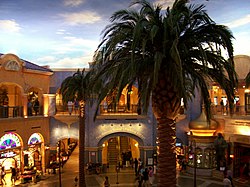




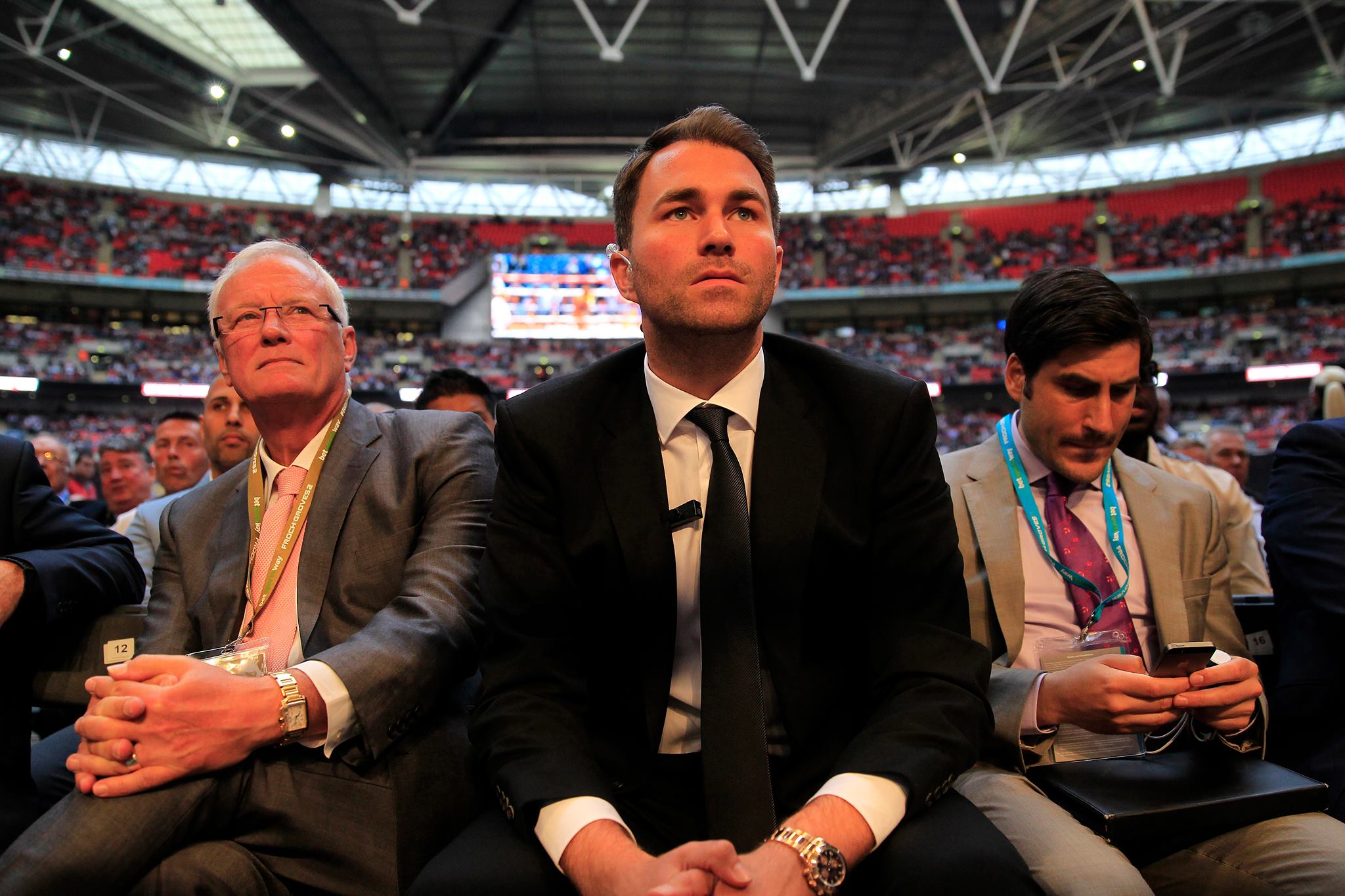
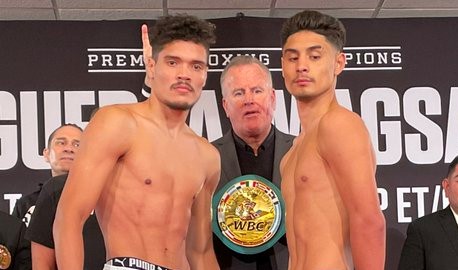
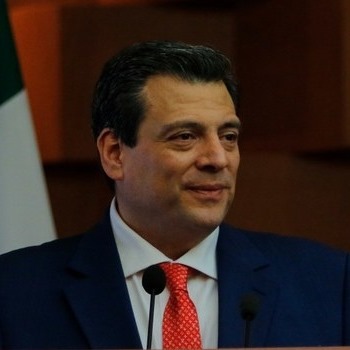







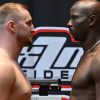

LarryFex
06/25/2024 at 3:17 am
pin-up 306: pin up casino – pin up az?rbaycan
Richardled
06/26/2024 at 9:42 am
reputable mexican pharmacies online [url=http://northern-doctors.org/#]northern doctors pharmacy[/url] mexican rx online
Richardled
06/26/2024 at 5:13 pm
mexican drugstore online [url=https://northern-doctors.org/#]Mexico pharmacy that ship to usa[/url] mexico drug stores pharmacies
Williamfrumn
06/26/2024 at 5:47 pm
п»їbest mexican online pharmacies: northern doctors pharmacy – buying from online mexican pharmacy
Williamfrumn
06/26/2024 at 11:25 pm
medicine in mexico pharmacies: mexican northern doctors – buying from online mexican pharmacy
Williamfrumn
06/27/2024 at 3:08 am
buying from online mexican pharmacy: mexican northern doctors – mexico pharmacy
Williamfrumn
06/27/2024 at 7:25 pm
mexican drugstore online: mexican pharmacy – medication from mexico pharmacy
Williamfrumn
06/27/2024 at 10:48 pm
mexican pharmacy: mexican pharmacy – mexico drug stores pharmacies
Richardled
06/28/2024 at 3:25 am
purple pharmacy mexico price list [url=https://northern-doctors.org/#]northern doctors pharmacy[/url] mexico drug stores pharmacies
Jeffreyber
07/02/2024 at 2:38 am
https://cmqpharma.online/# medication from mexico pharmacy
п»їbest mexican online pharmacies
Michaelmoolo
07/19/2024 at 10:56 pm
п»їbest mexican online pharmacies: mexico pharmacy – medication from mexico pharmacy
Davidtoows
07/20/2024 at 3:49 am
indian pharmacy: world pharmacy india – indian pharmacy online
CharlesRor
07/20/2024 at 12:18 pm
canadian pharmacy online store [url=https://canadapharmast.online/#]canadian neighbor pharmacy[/url] pharmacy wholesalers canada
Myronnepay
07/21/2024 at 10:42 am
http://doxycyclinedelivery.pro/# doxycycline capsules 40 mg
paxlovid buy [url=http://paxloviddelivery.pro/#]paxlovid for sale[/url] paxlovid covid
Myronnepay
07/21/2024 at 8:37 pm
http://doxycyclinedelivery.pro/# doxycycline 50 mg coupon
buy amoxicillin online with paypal [url=https://amoxildelivery.pro/#]amoxacillian without a percription[/url] amoxicillin 750 mg price
Myronnepay
07/22/2024 at 5:53 am
http://ciprodelivery.pro/# ciprofloxacin
ciprofloxacin order online [url=http://ciprodelivery.pro/#]ciprofloxacin generic price[/url] buy cipro
Myronnepay
07/22/2024 at 3:32 pm
http://ciprodelivery.pro/# cipro for sale
buy amoxicillin online with paypal [url=https://amoxildelivery.pro/#]amoxicillin 500 tablet[/url] rexall pharmacy amoxicillin 500mg
Myronnepay
07/23/2024 at 12:46 am
https://ciprodelivery.pro/# cipro pharmacy
amoxicillin 500mg price [url=https://amoxildelivery.pro/#]how to get amoxicillin[/url] amoxicillin capsules 250mg
Myronnepay
07/23/2024 at 10:07 am
http://ciprodelivery.pro/# ciprofloxacin
can i purchase clomid [url=http://clomiddelivery.pro/#]can you buy clomid now[/url] where to buy cheap clomid without rx
Myronnepay
07/24/2024 at 5:19 am
http://paxloviddelivery.pro/# buy paxlovid online
doxycycline prices australia [url=https://doxycyclinedelivery.pro/#]doxycycline 100 mg cost generic[/url] buy online doxycycline without prescription